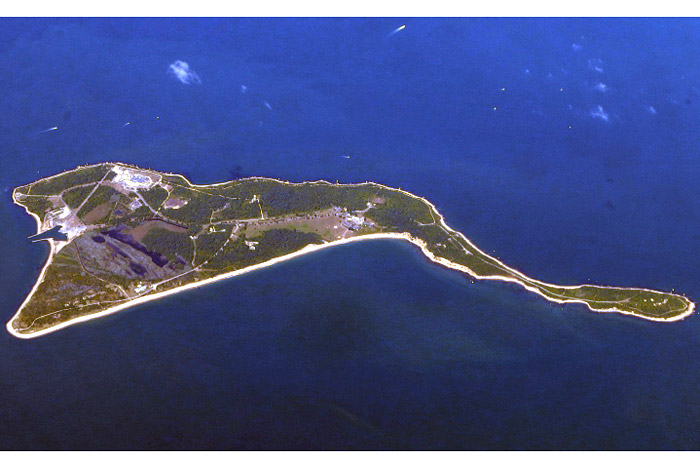Preserve Plum Island Coalition Wants NYS Intervention

The Preserve Plum Island Coalition, which is on a mission to secure the permanent protection of Plum Island’s natural and cultural resources, is imploring New York State to get involved before the federal government moves to sell the island.
Located in Southold Town in Gardiners Bay off Orient Point, Plum Island is an 840-acre federally owned island that is home to the Plum Island Animal Disease Center. The functions of the disease center are slated to be moved to the National Bio and Agro-Defense Facility in Kansas. No longer needing the old facility, the federal government could potentially sell Plum Island to a developer.
According to the Preserve Plum Island Coalition, fragile habitats and imperiled species have been protected for decades due to the security restrictions on the island. Once those security restrictions are lifted, all that could change without a conservation plan in place. “The island, located at the mouth of Long Island Sound, acts as a vital stopover site and breeding ground for migratory birds, seals, and other wildlife, including endangered and threatened species,” the coalition states. “It has been recognized by federal, state, and local agencies as well as non-governmental agencies as containing critical habitats for fish, birds, and plants.”
The coalition comprises 60 national, New York- and Connecticut-based organizations, many of which sent representatives to a hearing Monday at Brookhaven Town Hall held by New York State Assemblyman Steve Englebright, of Setauket, to highlight reasons to preserve Plum Island as open space.
“Preservation is the highest, best use of Plum Island and its significant natural and cultural assets,” Englebright says. “Plum Island is a key part of the Orient Point to Plum Island Important Bird Area (IBA) as it provides critical habitat to a number of at-risk bird species. And the island is known as the largest winter haul-out site for Harbor and Grey seals in the Southern New England waters. The approximately 85–90 percent of Plum Island that remains undeveloped includes not only critically important wildlife habitat but also holds nationally-significant historic buildings and artifacts—including the 1869 Plum Gut Lighthouse and the 1897 Fort Terry, which served as an artillery post during the Spanish American War and was returned to service during World Wars I and II.”
Preserve Plum Island Coalition spokesperson John Turner adds, “When Congress passed legislation in 2008 to sell Plum Island, it made little sense. With what we now know about the island and its remarkable ecological value, historical significance, and cultural treasures, it is compellingly clear that the sale of the Plum Island makes no sense, is sheer folly, and is not in the public interest. Plum Island should stay public and should be protected for perpetuity.”
The coalition is asking state officials to urge the U.S. General Services Administration and the U.S. Department of Homeland Security to coordinate the conservation of Plum Island.



